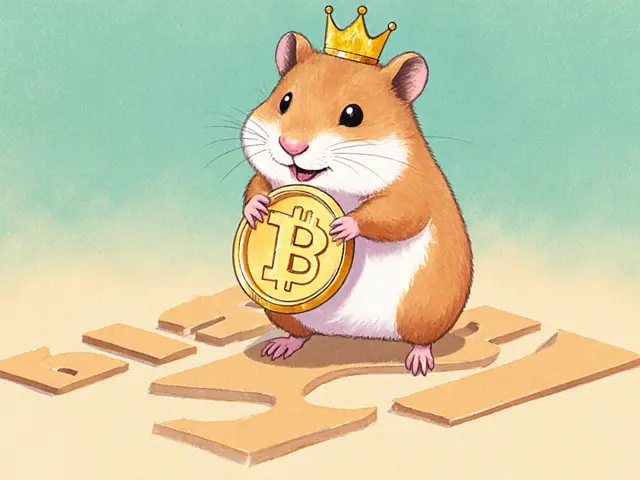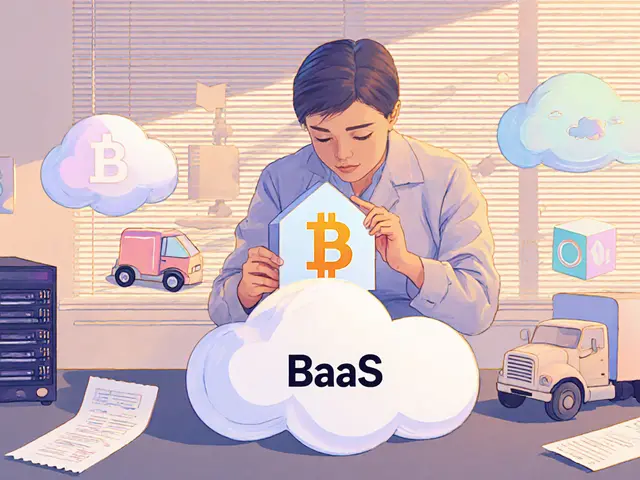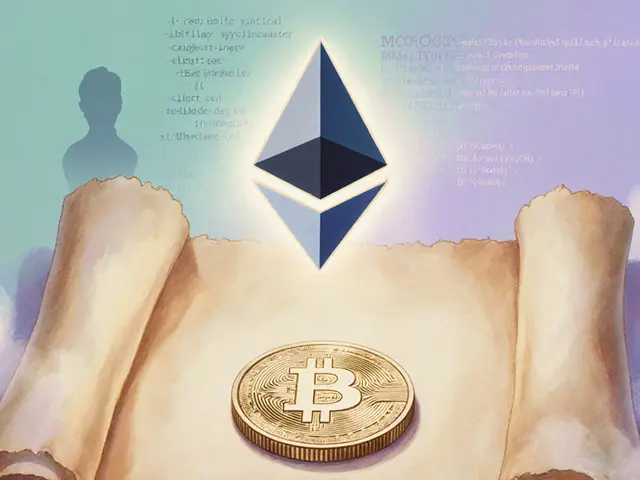Solana DeFi: A Practical Overview
When working with Solana DeFi, the ecosystem that blends Solana's high‑speed blockchain with decentralized finance services. Also known as Solana decentralized finance, it enables low‑cost, high‑throughput financial apps. Solana DeFi encompasses yield farming, lending, and trading on decentralized exchanges, while it requires smart contracts to automate trust‑less interactions. This creates a space where users can earn returns without a traditional bank.
Core Building Blocks
The foundation is the Solana blockchain, a layer‑1 network that processes up to 65,000 transactions per second with sub‑cent transaction fees. Its proof‑of‑history consensus gives developers predictable latency, which is crucial for fast swaps and real‑time lending. Because the chain can handle many parallel operations, DeFi protocols can scale without the congestion seen on older chains.
DeFi, a broad set of financial services built on public blockchains, includes lending platforms, stablecoins, and tokenized assets. On Solana, these services benefit from the network’s speed, making it easier to execute complex trades or collateral swaps within seconds. DeFi drives capital efficiency by allowing anyone to lend, borrow, or earn yield directly from their wallet.
One of the most visible DEX (decentralized exchange) on Solana is Serum, which offers order‑book style trading without a central intermediary. Raydium builds on Serum’s liquidity, providing automated market maker (AMM) pools that power fast swaps. These DEXs power Solana DeFi by supplying the liquidity needed for swaps, liquidity mining, and price discovery.
Yield farming on Solana leverages the cheap gas to stack high APYs on liquidity provision. Projects like Orca and Saber let users deposit token pairs and earn native rewards plus a share of transaction fees. Because the cost of moving funds is low, farmers can compound more frequently, but they also face smart‑contract risk and market volatility. Understanding tokenomics and audit reports helps mitigate these risks.
Security is a shared responsibility. Smart contracts on Solana are written in Rust, which many developers find safer than Solidity’s EVM language. However, bugs still happen, so reputable projects undergo third‑party audits and offer bug‑bounty programs. Validators also play a role: they secure the network and earn staking rewards, aligning economic incentives across the ecosystem.
Emerging trends are already shaping the next phase of Solana DeFi. Cross‑chain bridges are connecting Solana assets with Ethereum and Terra, expanding liquidity pools. Composable finance allows developers to stack protocols—think lending on one platform, then using the receipt as collateral on another. NFTs are entering DeFi through fractionalized ownership and collateralized loans, blurring the line between collectibles and financial instruments.
Below you’ll find a curated selection of articles that dive deeper into each of these topics. From simple guides on how to start farming on Solana to detailed analyses of the newest DEXs, the list offers practical steps, risk assessments, and up‑to‑date market data to help you navigate the fast‑moving world of Solana DeFi.

Discover what DefiTuna (TUNA) is, how its Solana-based CLMM tech works, yield opportunities, risks, and how to start earning on this fast-growing DeFi platform.
Jonathan Jennings Oct 18, 2024




